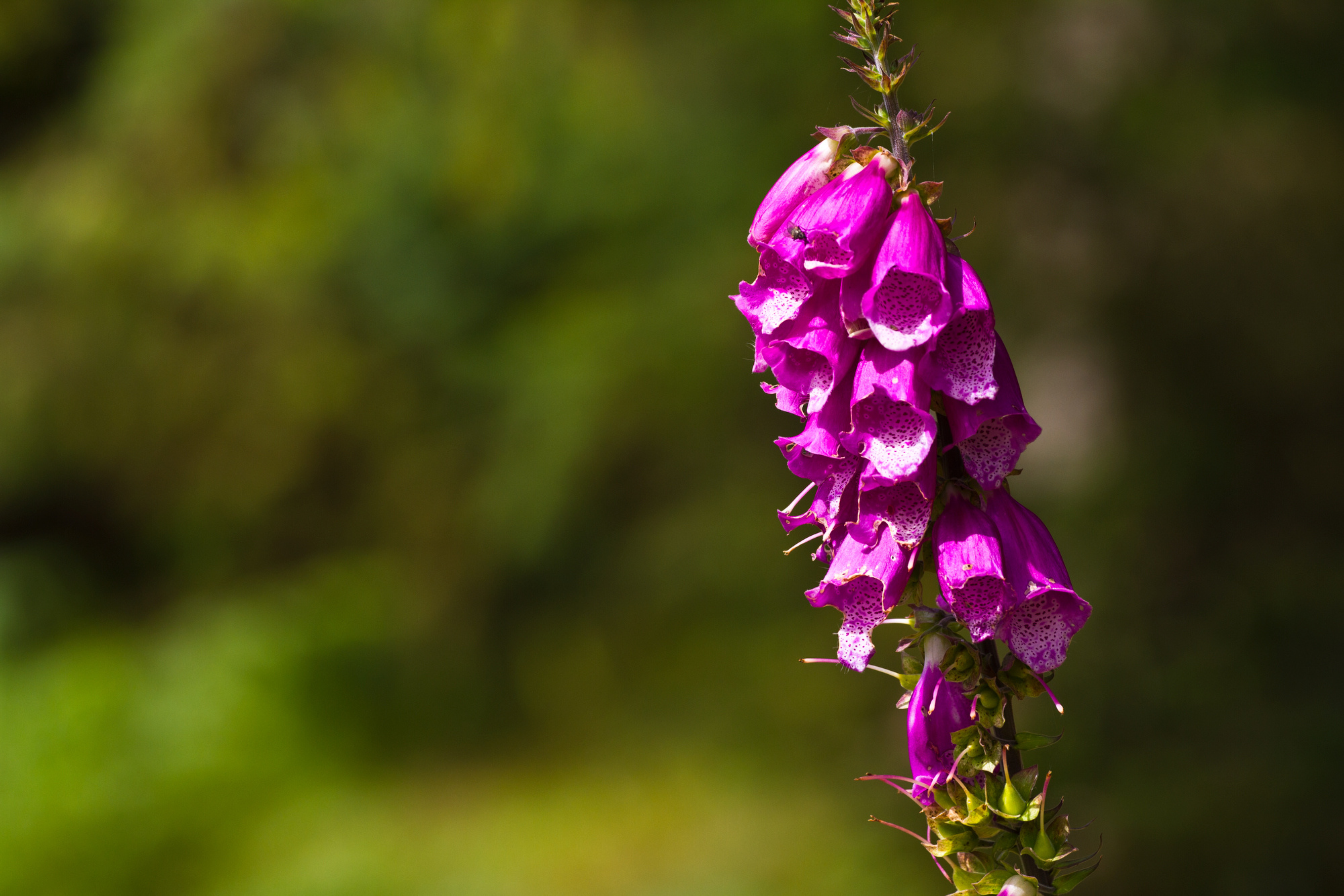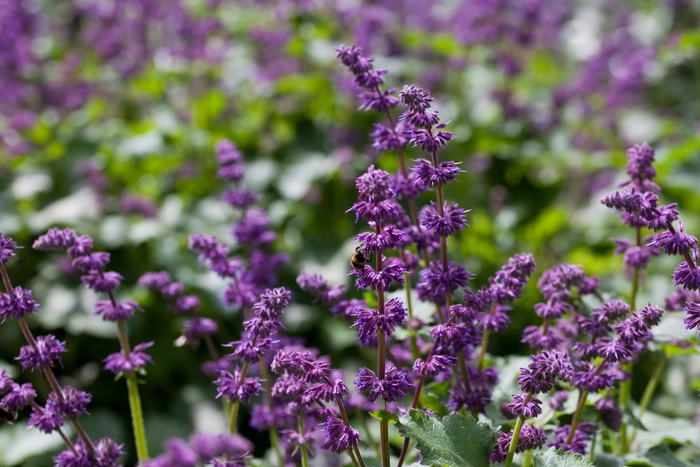Introduction:
Incorporating native plants into naturalistic garden designs offers a powerful way to reconnect with the local landscape, promote biodiversity, and create sustainable habitats for wildlife. Native plants have evolved to thrive in their native ecosystems, making them well-suited for the specific climatic conditions, soil types, and wildlife interactions of their region. By embracing the wild side of gardening and incorporating native species into your landscape design, you can create vibrant and resilient gardens that celebrate the beauty and diversity of your local environment. In this guide, we'll explore the benefits of using native plants, offer tips for incorporating them into naturalistic designs, and inspire you to unleash the untamed beauty of the wild in your own backyard.
The Benefits of Native Plants:
-
Ecological Resilience: Native plants play a vital role in maintaining ecological balance and resilience in local ecosystems. They provide food, shelter, and habitat for native wildlife, support pollinators such as bees and butterflies, and contribute to the overall health and biodiversity of the ecosystem.
-
Water Efficiency: Native plants are well-adapted to local climate conditions and typically require less water than non-native species once established. Their deep root systems help improve soil structure and water infiltration, reduce erosion, and minimize the need for irrigation, making them ideal choices for water-wise gardening.
-
Low Maintenance: Native plants are naturally adapted to local growing conditions, making them relatively low maintenance compared to non-native species. They are less susceptible to pests and diseases, require minimal fertilization and pruning, and generally thrive with minimal intervention, allowing you to spend less time on garden upkeep and more time enjoying your outdoor space.
-
Seasonal Interest: Native plants offer seasonal interest throughout the year, with blooms, foliage, and seed heads that change with the seasons. From early spring wildflowers to late summer grasses and fall foliage, native gardens provide ever-changing displays of colour, texture, and form that reflect the natural rhythms of the local landscape.
Tips for Incorporating Native Plants into Naturalistic Designs:
-
Research Native Species: Start by researching native plant species that are well-suited to your local climate, soil type, and growing conditions. Consult with local nurseries, botanical gardens, and native plant societies for recommendations and resources on native plant selection and cultivation.
-
Design for Diversity: Embrace the principles of naturalistic design by creating diverse and layered plantings that mimic the complexity of natural ecosystems. Incorporate a mix of native trees, shrubs, perennials, grasses, and wildflowers to create vertical interest, provide habitat for wildlife, and foster ecological resilience.
-
Plant in Communities: Plant native species in communities or clusters that reflect their natural habitats and growing conditions. Group plants with similar light, soil, and moisture requirements together to create microhabitats that support healthy plant growth and encourage beneficial interactions among species.
-
Create Wildlife Habitat: Design your garden to provide food, shelter, and habitat for native wildlife, including birds, butterflies, bees, and other pollinators. Include a variety of nectar-rich flowers, berry-producing shrubs, and host plants for caterpillars to attract and support a diverse array of wildlife throughout the year.
Inspiring Native Plant Designs:
-
Prairie Meadow Garden: Create a prairie meadow garden with native grasses, wildflowers, and flowering perennials that evoke the beauty and diversity of North American prairie ecosystems. Choose species such as prairie dropseed, coneflowers, black-eyed Susans, and butterfly milkweed to create a vibrant and wildlife-friendly landscape.
-
Woodland Edge Garden: Design a woodland edge garden with native trees, shrubs, and understory plants that thrive in the dappled shade and rich, moist soils of forest edges. Include species such as eastern redbud, spicebush, ferns, and woodland phlox to create a tranquil and inviting retreat for both humans and wildlife.
-
Coastal Dune Garden: Create a coastal dune garden with native plants that are adapted to the harsh conditions of sandy soils, salt spray, and strong winds. Choose species such as beach grasses, seaside goldenrod, beach plum, and bayberry to stabilize dunes, provide habitat for shorebirds, and create a resilient and beautiful coastal landscape.
Conclusion:
Incorporating native plants into naturalistic garden designs is not only a way to create beautiful and resilient landscapes but also a powerful way to support biodiversity, conserve natural resources, and reconnect with the wild beauty of the local landscape. By embracing the untamed beauty of native plants and designing with an ecological mindset, you can create vibrant and sustainable gardens that celebrate the richness and diversity of the natural world.
So, dare to explore the wild side of gardening and unleash the untamed beauty of native plants in your own backyard. With a little creativity, inspiration, and a commitment to conservation, your native garden will become a sanctuary for wildlife, a source of inspiration for fellow gardeners, and a living testament to the beauty and resilience of the natural world.
Happy gardening, and may your native garden bloom with beauty, biodiversity, and boundless wonder!

